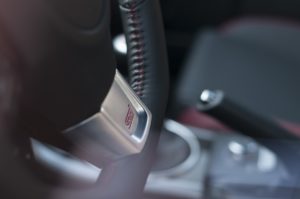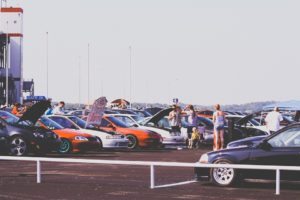To be able to legally drive, there are certain requirements all motorists must be able to reach, but general forward observation depends on so much more than a person’s hearing or sight. In fact, forward observation is when a person’s sight, hearing, and smell are all simultaneously utilised to obtain as much information possible about the surrounding areas. It is simple logic that if a person is unaware of something, they will not be able to react to it, so being a keen observer is going to allow drivers to have ample time to digest information and act accordingly. In turn, this means that drivers are going to have more control over their surroundings.

Too often, drivers are unaware of what is going on all around them, and will depend on quick glances to make hasty decisions. This can result in many terrible outcomes, so it is important to build a solid foundation on effective observation. There is only so much a person can take in within a glance, so constantly scanning the environment is pivotal for creating a mental picture of the landscape surrounding the vehicle. Skimming the environment surrounding a vehicle for hazards and risks is one of the best ways drivers can stay on top of their safety. This is ultimately going to reduce the risk of having to brake unexpectedly or having to come to a complete stop. Checking and rechecking distances, middle ground, foreground, sides, and the rear on the perimeters of the vehicle should become a constant in the daily driving practises of all drivers. Bad habits can form if the driver is only concentrating on a single space, because they are blindly looking forward and missing problems that could possibly be rising around them.
One of the most important parts of our vision when driving is a person’s peripheral vision. This is the line of sight that is surrounding the central area of our more defined image. While what we see may not be as defined as what is directly in front of us, we are able to recognise movement from these areas which can be essential on the roadway to help make judgements. Zone vision is what a person sees when they are looking forward and from side to side. When approaching a junction, the driver’s zone vision will gradually improve the closer they move forward, allowing them to make the judgement call to know if it is safe to proceed. When approaching junctions, it is important to recognise that certain things are difficult to spot. This means it is essential to pay attention for pedestrians that cross at junctions, cyclists that can be out of the line of sight, and motor cyclists that can be approaching much faster than vehicle drivers. Know that if another road user isn’t in the zone of vision of the driver, then the driver isn’t in their zone of vision.
Another key component to forward observation is speed. When drivers are going fast, they must look further ahead. Drivers must remember that as they accelerate their speed, they must adjust their sight further than where it naturally settles. At heightened speeds, drivers can only take in so much of the foreground details the faster they go. When they slow down, their ability to take in more of their foreground increases, so it is important to understand this when adjusting speeds. Slower speeds in congested areas aren’t only essential for safety, but also because drivers can only take in certain amounts of information in places like town centres. This means that going slower in spots like this allows the driver’s brain to compute more information, in turn making everyone more safe.
If you have further questions, look them up in the Highway Code or contact us and we’ll be happy to answer your questions!





Recent Comments